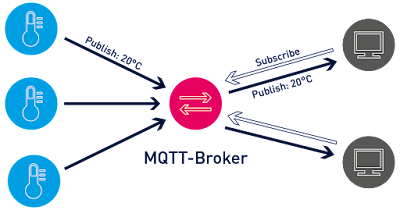▷ Practica 3 #PlcLab: Control salidas de esclavo por medio de entradas de master (Dos ESP32)
Repositorio:
Materiales:
- 2 PLC-LAB
Requisitos previos:
RS485:
Es una capa física de comunicación que consta de 3 cables, data (A), data invertida (B) y GND. La principal función de esta capa es transportar información atreves de dos cables (A y B). Esta capa es utilizada en gran parte de la industria gracias a su resistencia ante el ruido y largas distancias.
Actualmente muchos dispositivos, sensores, equipo industrial, utiliza esta capa física para comunicarse entre si. Gracias que soporta varios protocolos de comunicación, como el conocido Modbus.
Para nuestro modulo tenemos los siguientes pines dedicados para el modulo RS485.
Código Master:
Código Slave:






Comments
Post a Comment